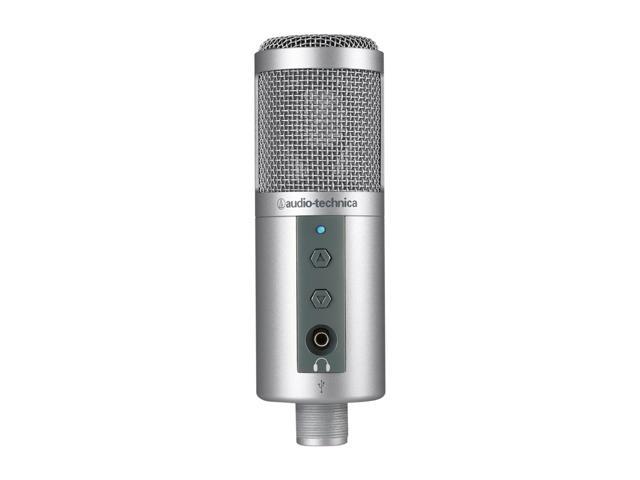
- #Mac mic is fuzzy for first few seconds of use usb mic pro
- #Mac mic is fuzzy for first few seconds of use usb mic software
But it is still slightly squashed, and you can’t really tell till the bass and drums come in and out. This is why the video sounds mostly pretty good. The sound was mostly very good at this show and wasn’t too bass heavy in the mix. Suddenly the music level opens up and sounds fuller and richer, then when the bass and drums return, it gets a bit squashed down. You can hear the problem in this video that I shot, There are moments where the drum and bass kick out.
#Mac mic is fuzzy for first few seconds of use usb mic software
Professional multi frequency EQ compressor expander software might be the fix… The results may improve the sound, but nothing is better than just having an adjustable input for the microphone sensitivity and setting it to low, with no automatic compression/expansion, then fixing the volume in post production afterwards.įYI, this problem is sometimes also known as “companding,” a mashup of the words compression & expansion. But this is very difficult and time consuming to do. I’m trying to figure out a way to UNDO the effects of the audio compression/expansion in video that I record at music events. That’s why the audio compressor/expander function always stays on, in your iPhone video camera app. What normal everyday person has time to get involved in this process? Only experienced professionals and hobbyists. The only solution (and you’re not gonna like this) is to have a separate audio recorder with a recording resolution of 16bit 48kHz with it’s input adjusted for the varying sound, then sync the sound to the video sound in “post production” afterwards within video editing software. They would forget wether it’s off or on and wonder why their sound is ruined when recording something with varying loudness. Making this feature switchable would be a problem for most people. Most other video apps are the same, you can’t turn off the automatic compression/expansion system.

If there are soft moments in the video sound, you would fix it in video editing software during the “post production” phase of your project by raising up those portions manually when editing.īut the iPhone video camera is not a professional video camera, it uses this audio compression/expansion system to try it’s best to be all things to all people in almost all situations with minimal thought involved.
#Mac mic is fuzzy for first few seconds of use usb mic pro
The pro camera would then basically have a “volume” control to set the camera input sensitivity to record a signal that is way too loud.

Professional video cameras don’t have compressor/expanders built into their audio recording systems, or at the very least it can be switched off and on at will. But if this music is punctuated by loud LOW FREQUENCY energy, aka BASS & DRUMS, the phone’s compressor will kick in to prevent distortion of low frequency energy and all the upper frequencies above 200-300 Hz will suddenly sound SQUASHED. If you’re shooting a music act that is playing soft music, the audio on your iPhone camera will sound natural. But as well intentioned as it is, certain signals are not treated so well, bass heavy music in particular. This is actually A FEATURE designed to help avoid distortion in your audio.

If you’re hearing audio discrepancies in this situation, it might be related to the automatic compressor/expander function that is built into the audio system of the video camera. Hey everybody, I’m not sure of what the actual material is that you are recording but I’m wondering if you are recording music?


 0 kommentar(er)
0 kommentar(er)
